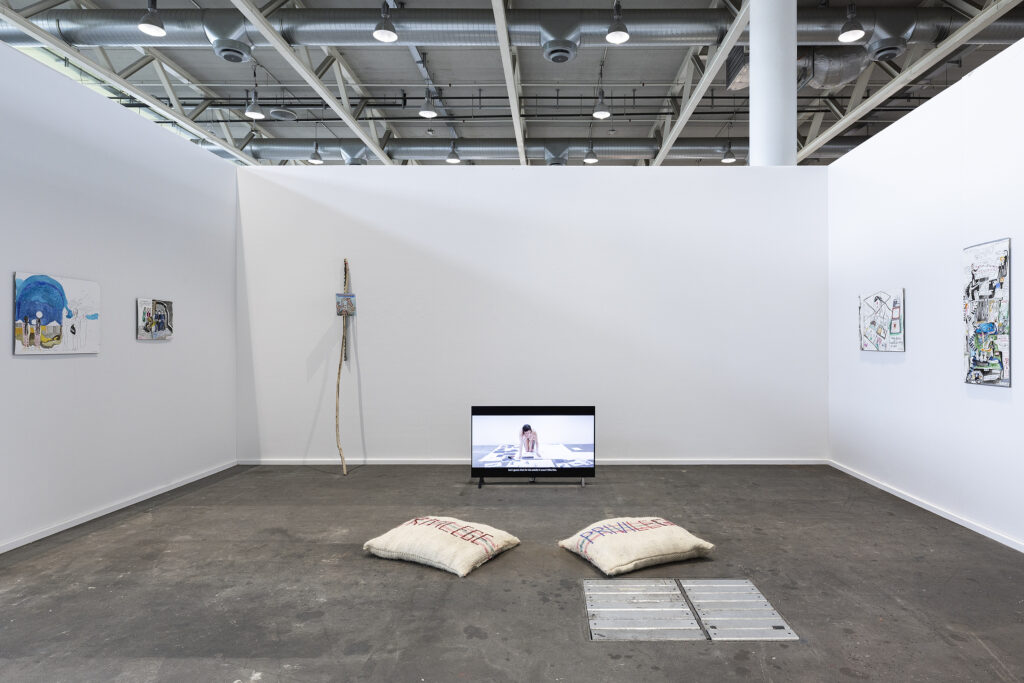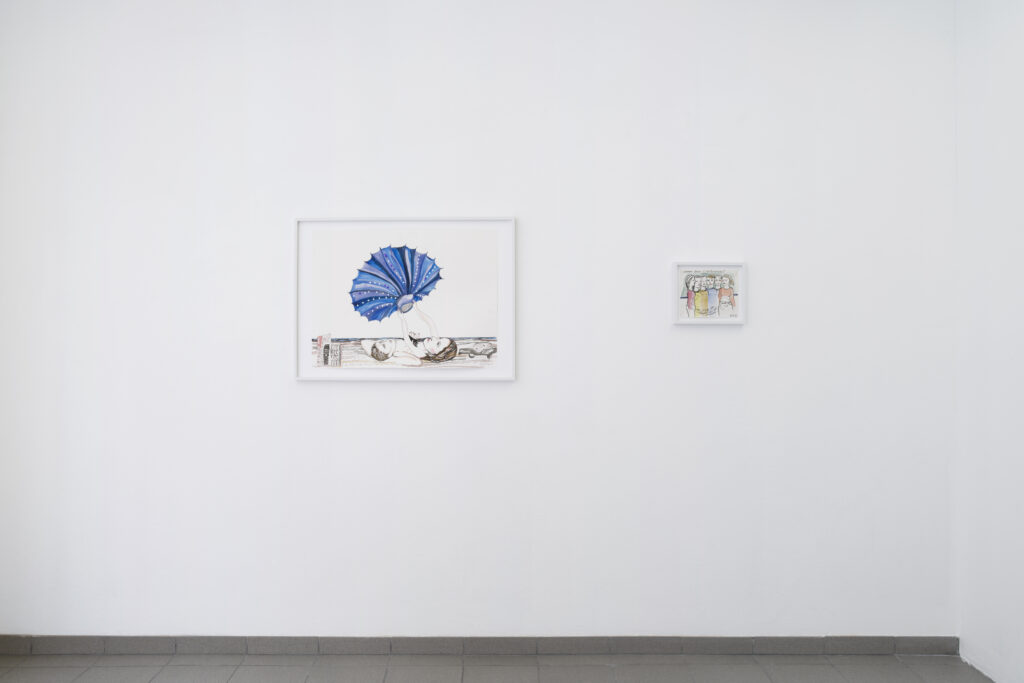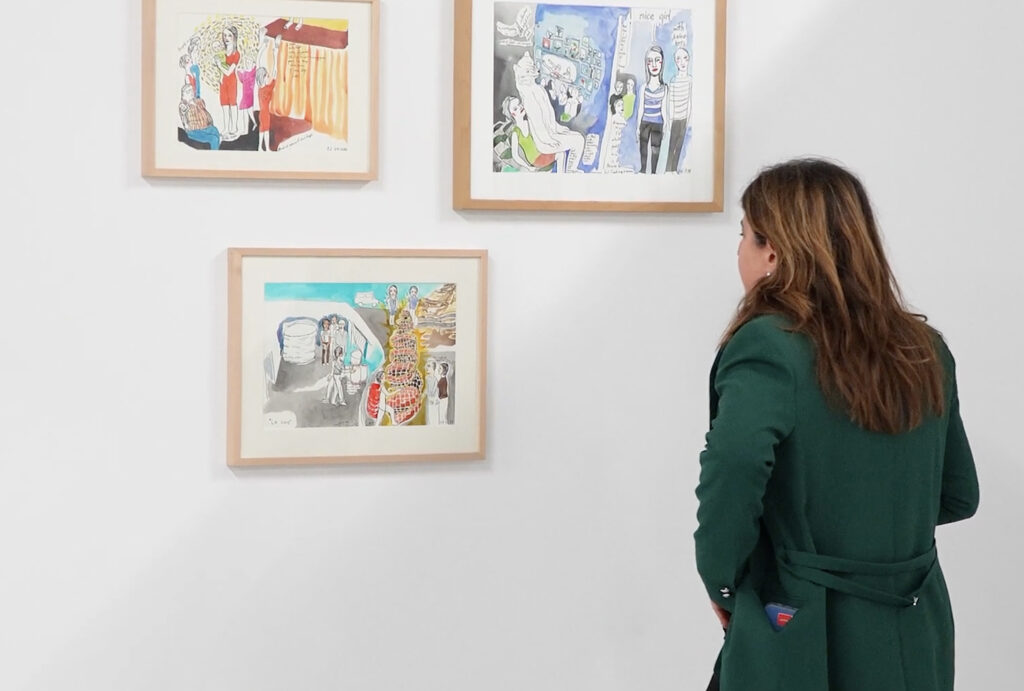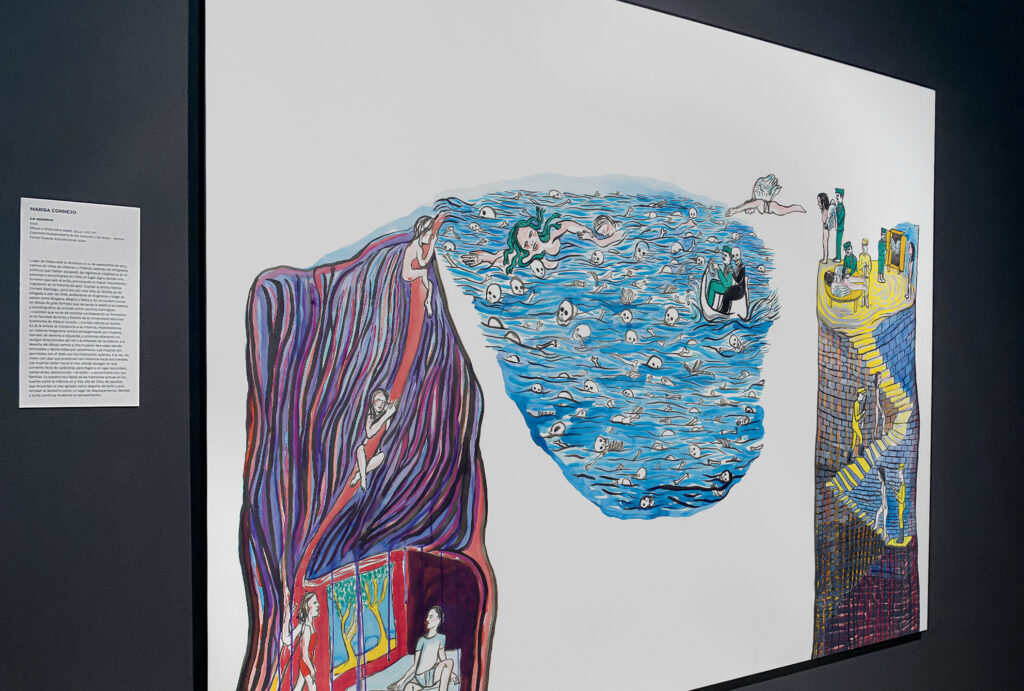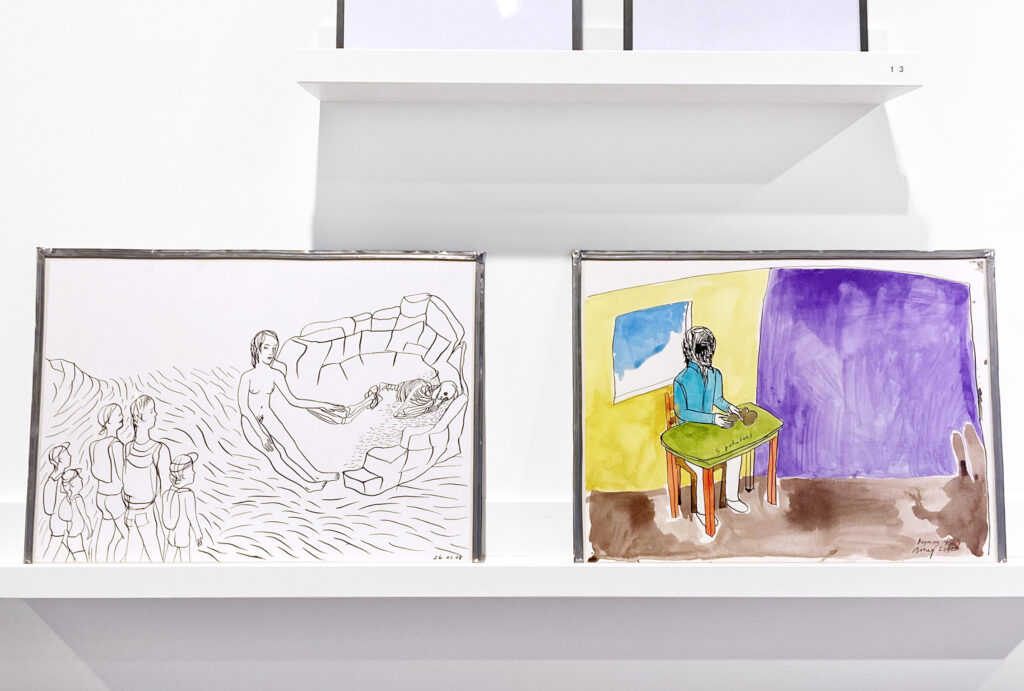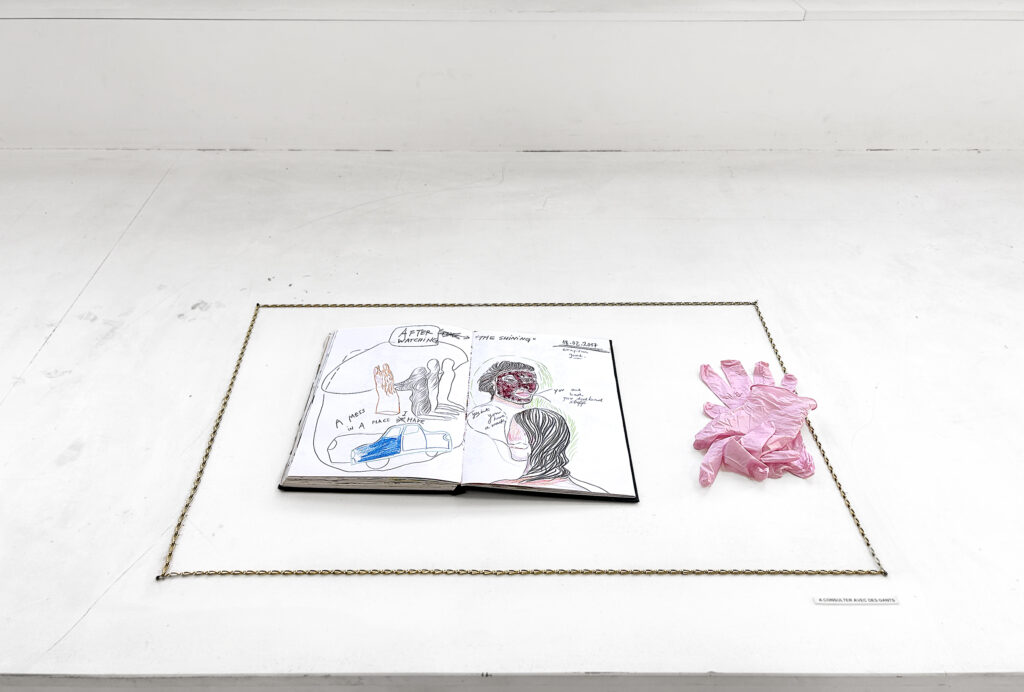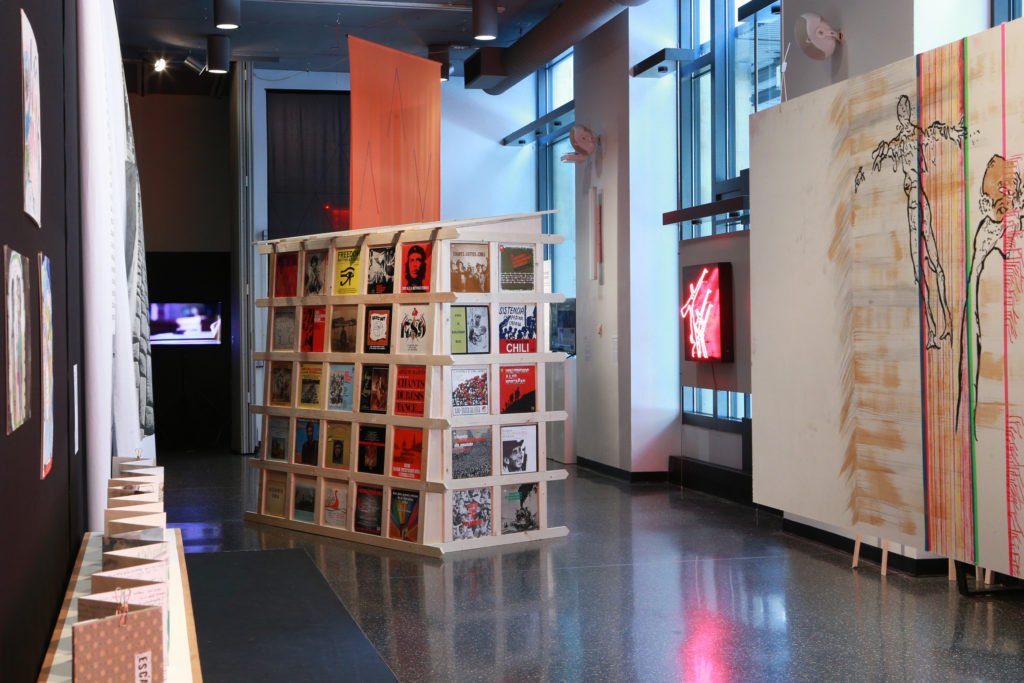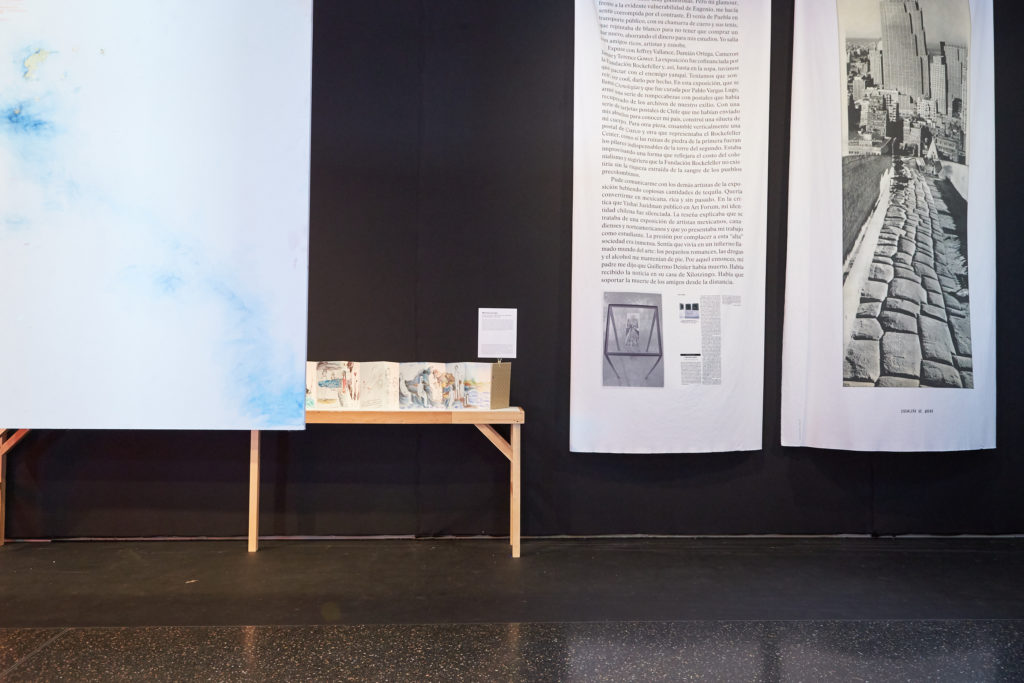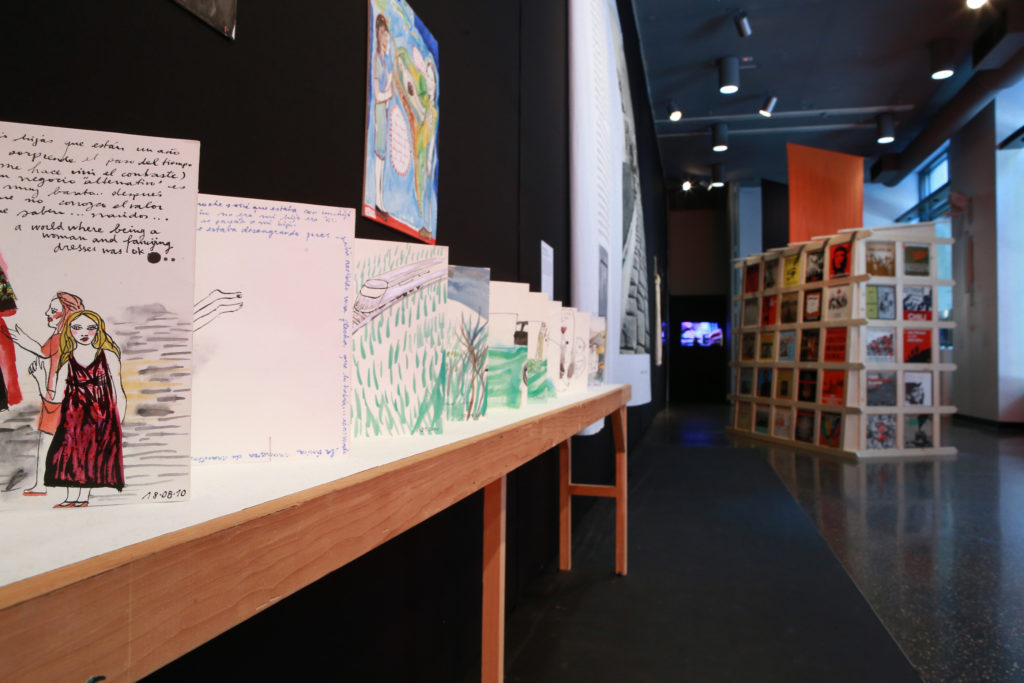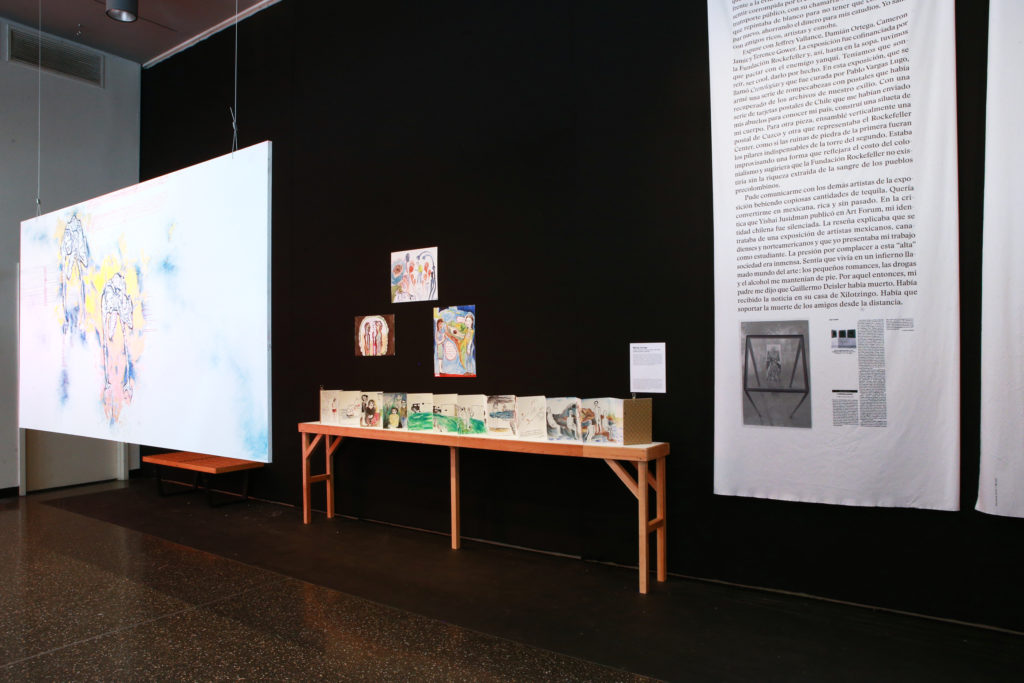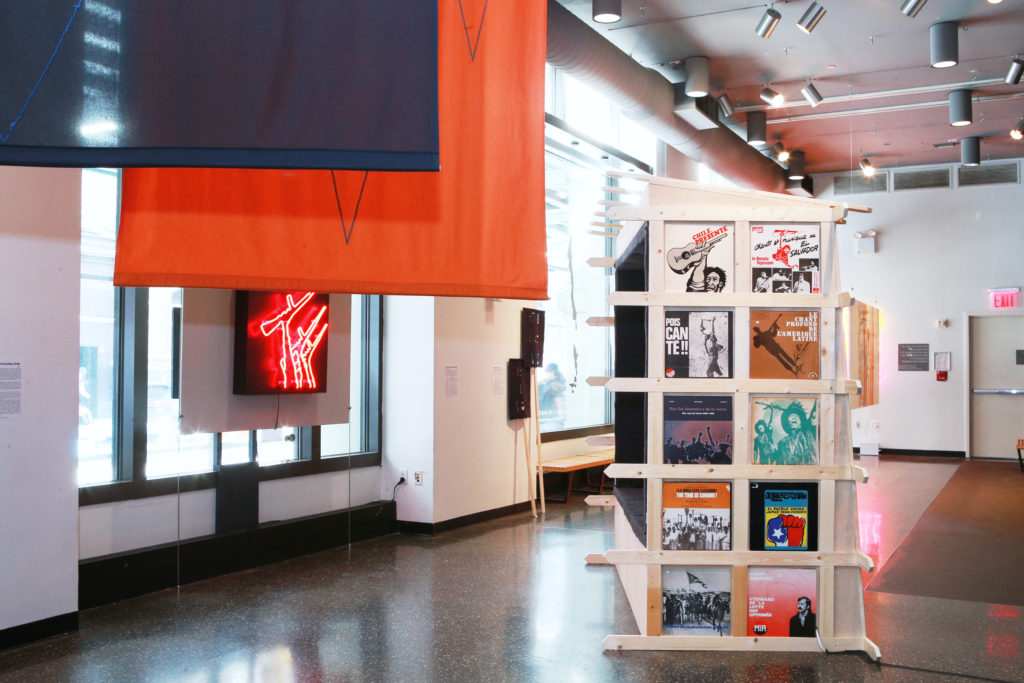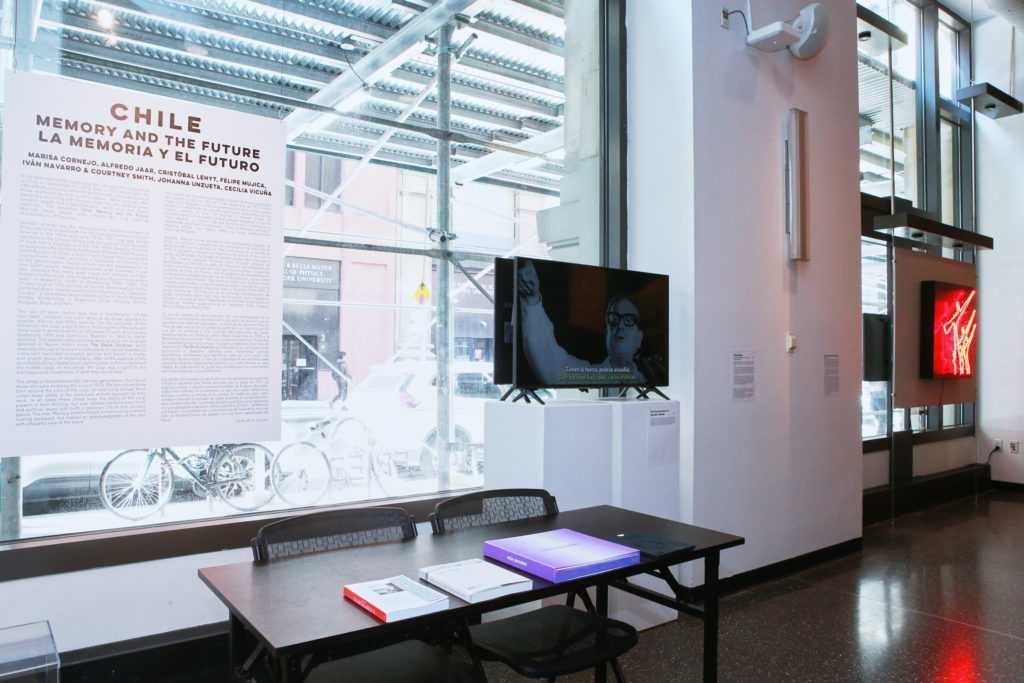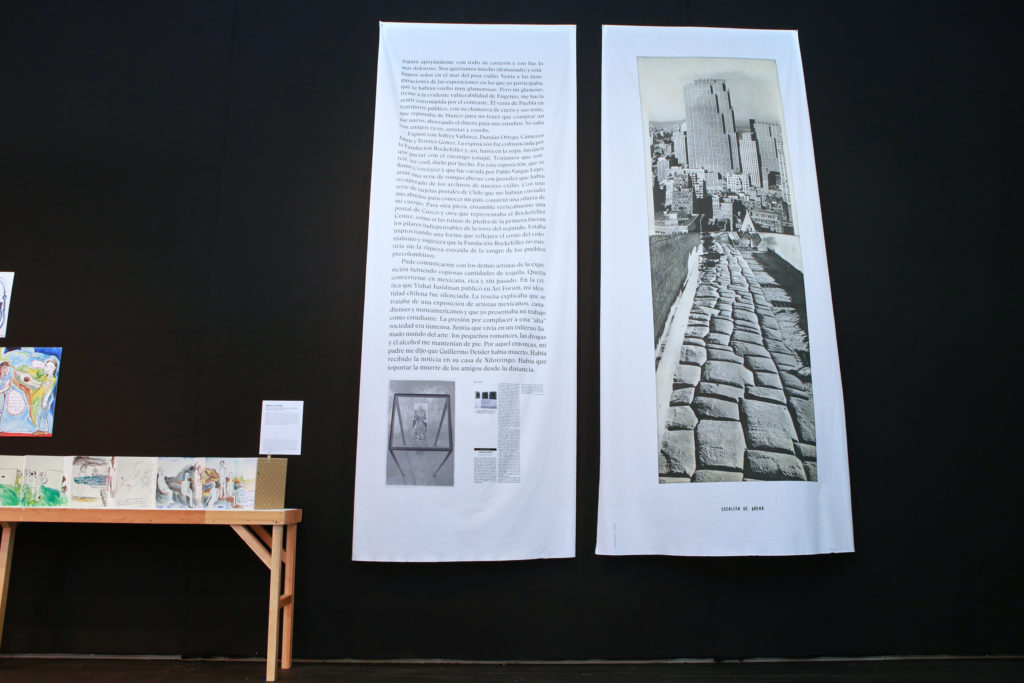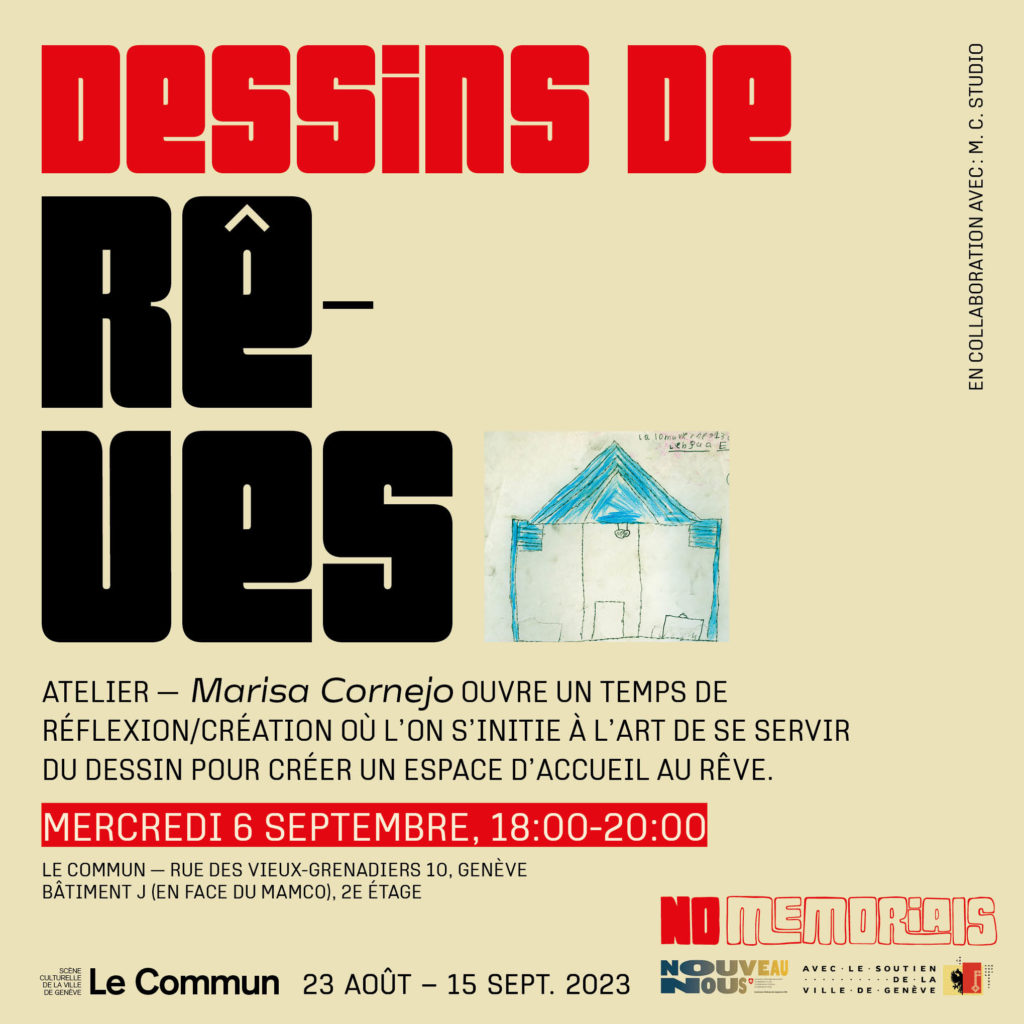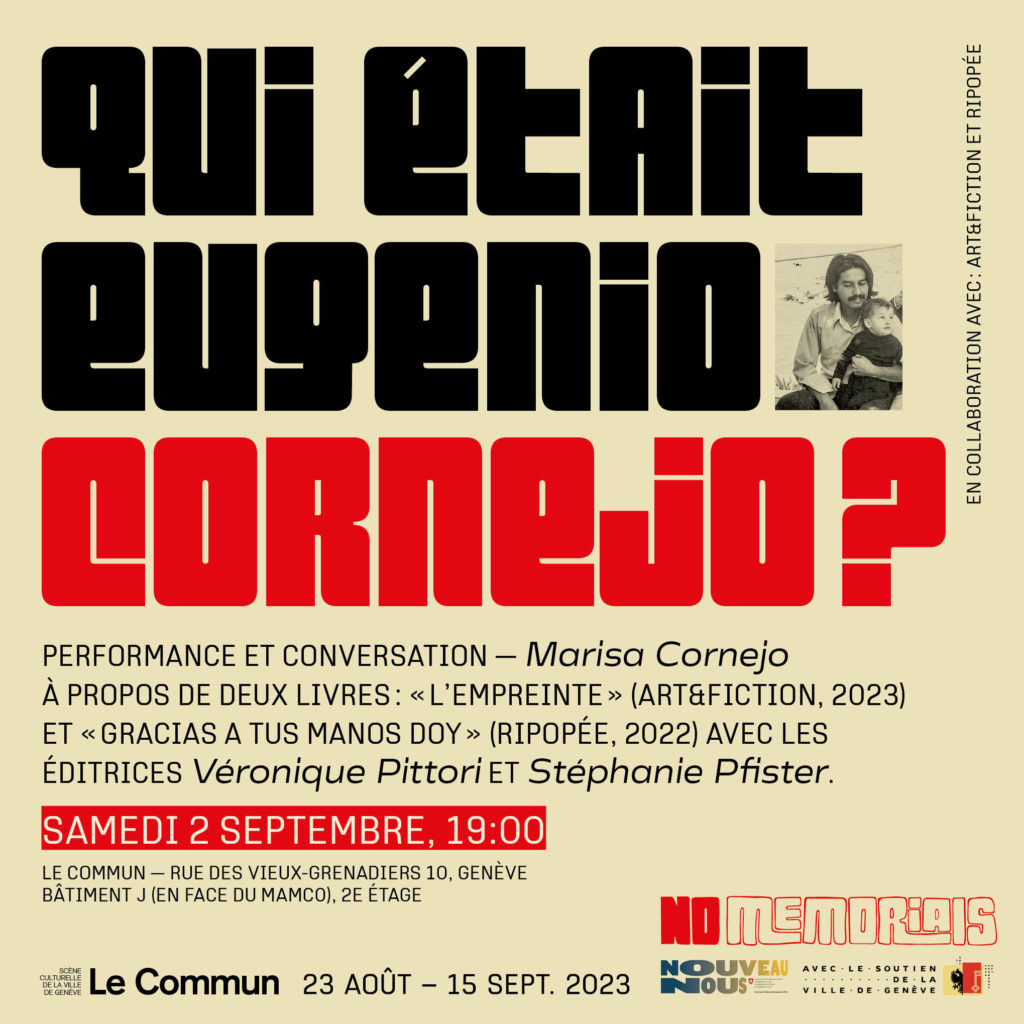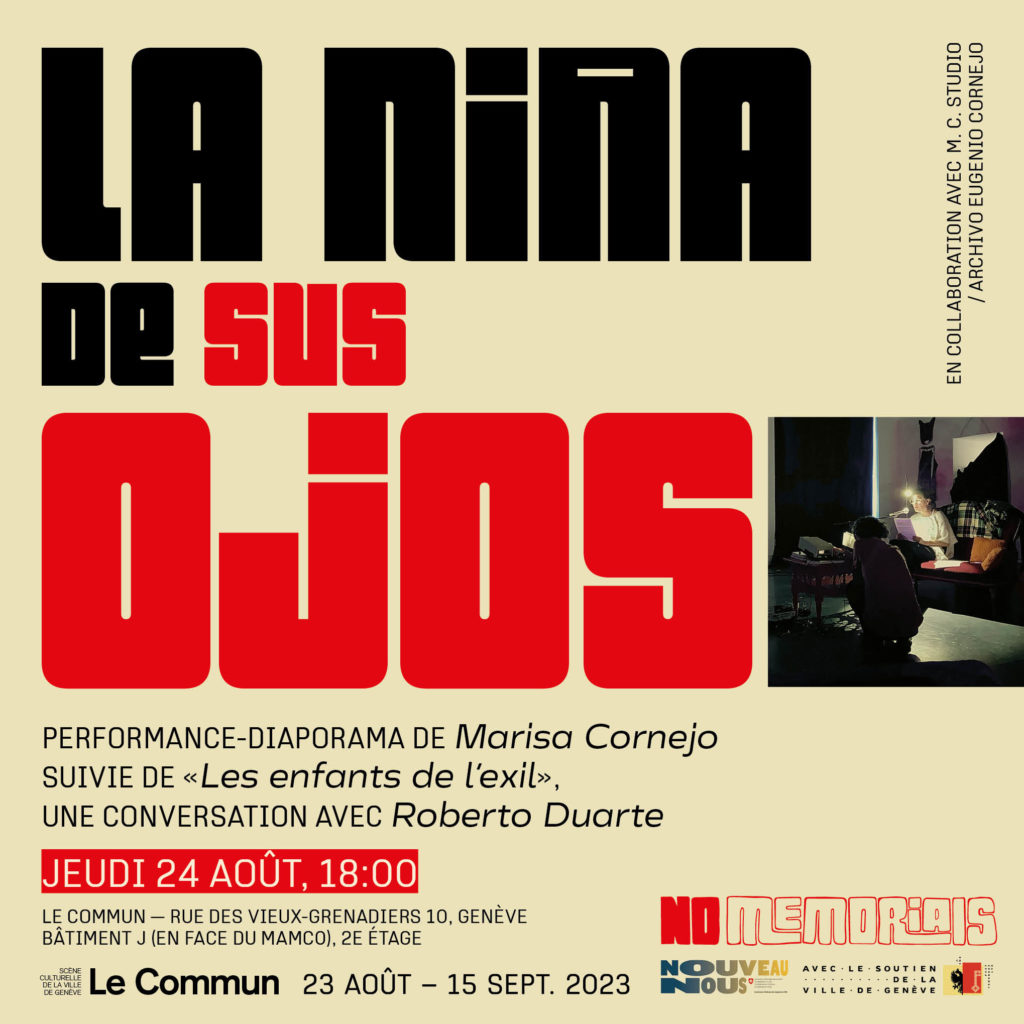Swiss Arts Awards, Messe Basel
11–16.06.2024
Title: Sintiendo las dos lunas (Feminist community relations)
Curated by: Danniel Tostes
Special thanks to: Stéphane Fretz, Nora Gatica Krug, Léa Fluck, Sabine Leuthold, Sara Mayenfisch, Selma Meuli, Leandra Zumbühl
Jury SAA 2024: Raffael Dörig, Victoria Easton, Tobias Kaspar, Roman Kurzmeyer, Mai-Thu Perret, Nicole Schweizer and Una Szeemann
Venue: Swiss Arts Awards, Messe Basel, Halle 1.1, Basel
Dates: 11–16.06.2024
The Swiss Art Competition, held annually since 1899, is the world’s oldest art award. The accompanying Swiss Art Awards exhibition, which is organised by the Swiss Federal Office of Culture, offers an insight into current art and architecture in Switzerland and is a valuable reference for art professionals and art lovers. The jury of the Swiss Art Awards consists of seven members of the Federal Art Commission, selected by the Federal Council, as well as five invited experts.
Swiss Art Awards 2024
Team: Léa Fluck, Sabine Leuthold, Sara Mayenfisch, Selma Meuli, Leandra Zumbühl
Special thanks to : Danniel Tostes, Stéphane Fretz, Nora Gatica Krug and MCStudio
